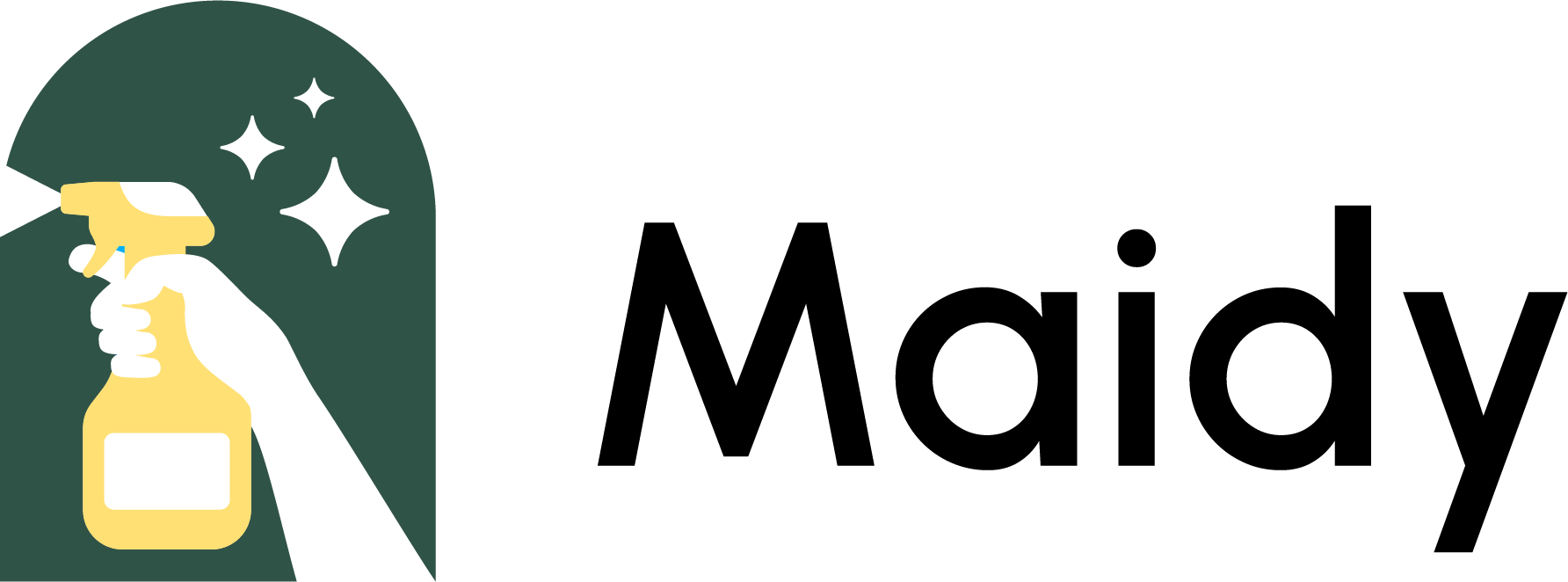A well-maintained chimney is not only a symbol of a warm and welcoming home but also a crucial safety feature. Over time, chimneys can deteriorate, leading to potential hazards. Here’s a detailed guide to ensure your chimney remains in optimal condition.
1. The Importance of Regular Inspections
The Rationale
Chimneys, like any other part of your home, are susceptible to wear and tear. Over time, unnoticed minor issues can escalate into significant problems, leading to costly repairs. Regular inspections can help identify and rectify these problems in their early stages.
Expert Insight
It’s recommended to have your chimney inspected annually, ideally during the fall. This ensures that any issues are addressed before the heavy usage period in the winter. A certified chimney sweep will check for blockages, creosote buildup, structural issues, and other potential hazards.
2. Cleanliness is Key: Keeping the Chimney Clean
The Rationale
When wood burns, it releases various byproducts. One of these is creosote, a tar-like substance that can stick to the walls of your chimney. Over time, this buildup can become a significant fire hazard.
Expert Insight
Depending on how often you use your fireplace, the chimney should be cleaned at least once a year. Homes that frequently use their fireplace might require bi-annual cleanings. This process involves removing creosote buildup, ensuring safer fireplace operation.
3. Addressing Cracks and Damage Promptly
The Rationale
Chimneys are constantly exposed to the elements, making them prone to cracks and damage. Even minor cracks can have major implications, from heat escaping and igniting nearby materials to allowing water infiltration, leading to mold and further structural damage.
Expert Insight
For minor cracks, homeowners can use chimney-specific repair mortar. However, for more extensive damage or if you’re unsure about the severity, it’s best to consult a chimney repair professional. They can provide guidance on the best repair methods and materials.
4. The Protective Role of a Chimney Cap
The Rationale
A chimney without a cap is like a house without a roof. It’s exposed to external elements, allowing rain, debris, and even animals to enter. This can lead to blockages, water damage, and other issues.
Expert Insight
Invest in a high-quality chimney cap made of durable materials like stainless steel or copper. These materials can withstand the elements and provide long-lasting protection. Ensure the cap is securely installed to prevent it from being dislodged during strong winds.
5. Being Vigilant: Monitoring for Signs of Trouble
The Rationale
Early detection is the key to preventing minor chimney issues from becoming major problems. By being observant, homeowners can spot signs of trouble and address them promptly.
Expert Insight
Common signs of chimney issues include excessive smoke when using the fireplace, a strong, unpleasant odor, or visible water stains around the chimney area. If any of these signs are observed, it’s crucial to consult a chimney professional immediately.
In conclusion, chimney maintenance is a combination of regular professional check-ups and homeowner vigilance. By adhering to these expert tips, you can ensure a safe and warm environment for your home while avoiding costly repairs.

